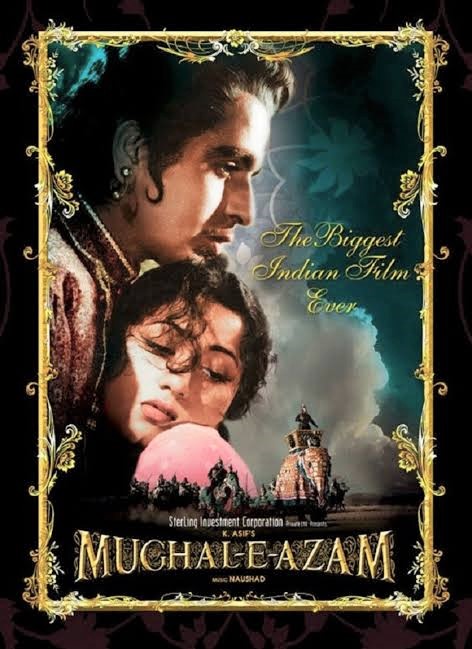The defining film of sixties India will be K Asif’s Mughal-E-Azam made at a budget of 1.5 crore at that time and took a decade to release. Mughal–E-Azam reflected the new, ambitious India that would defy all norms to pursue passion and following in Asif’s footsteps were many maestros like Shankar Jaikishen, SD Burman, Hemant Kumar and more. A galaxy of legendary poets combined with top singers they created melodies that we are humming to this day, ‘Pyaar kiya toh darna kya’,’ Chaudvin ka chand’ or ‘Chalo ek baar phir se’.
Does society reflect cinema or is it the other way round is a thought we have debated for years without an answer but if Sholay became the iconic film of the seventies it means India was getting adventurous to appreciate Gabbar like villain and applaud Basanti type heroine, for safety there was Radha in white, allowed to dream but not allowed to remarry as yet.
Mohamad Rafi who was the voice of India now but the urban Indians were drawn to Kishore Kumar and he altered his voice depending on the words so if he sizzled with ‘Roop tera mastna’ he haunted you with ‘Chingari koi bhadke’.
To be continued
